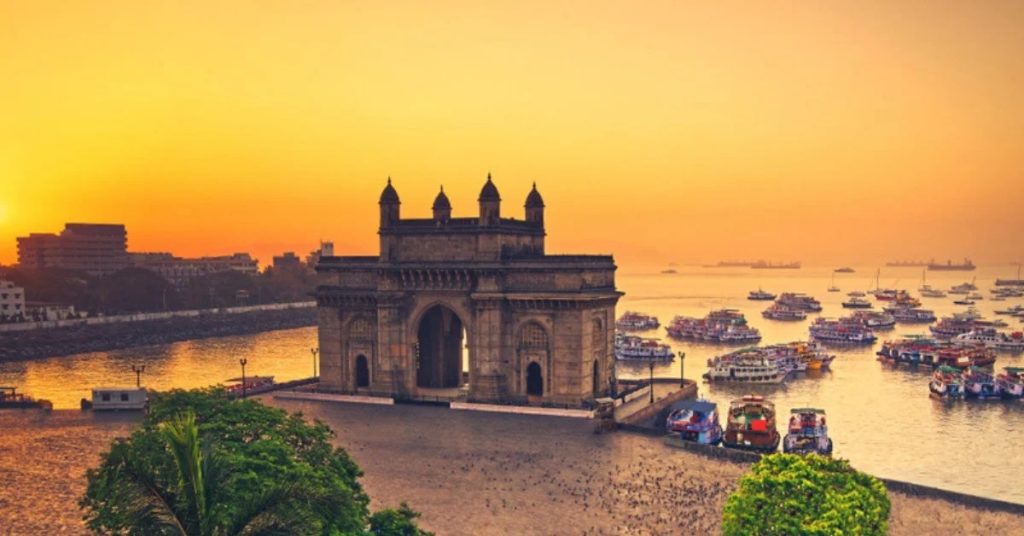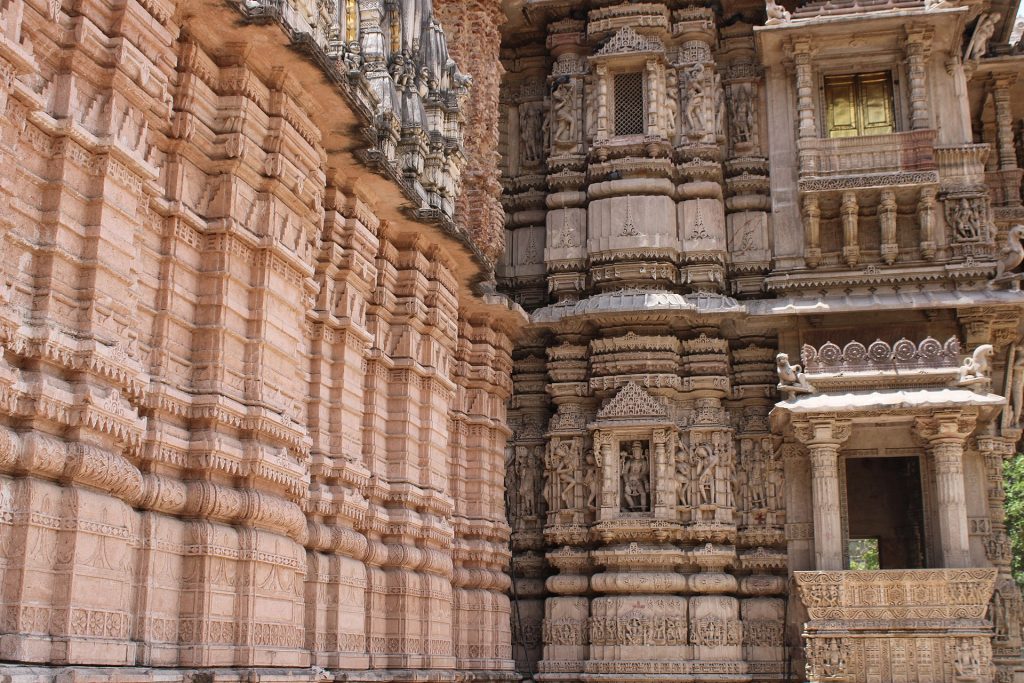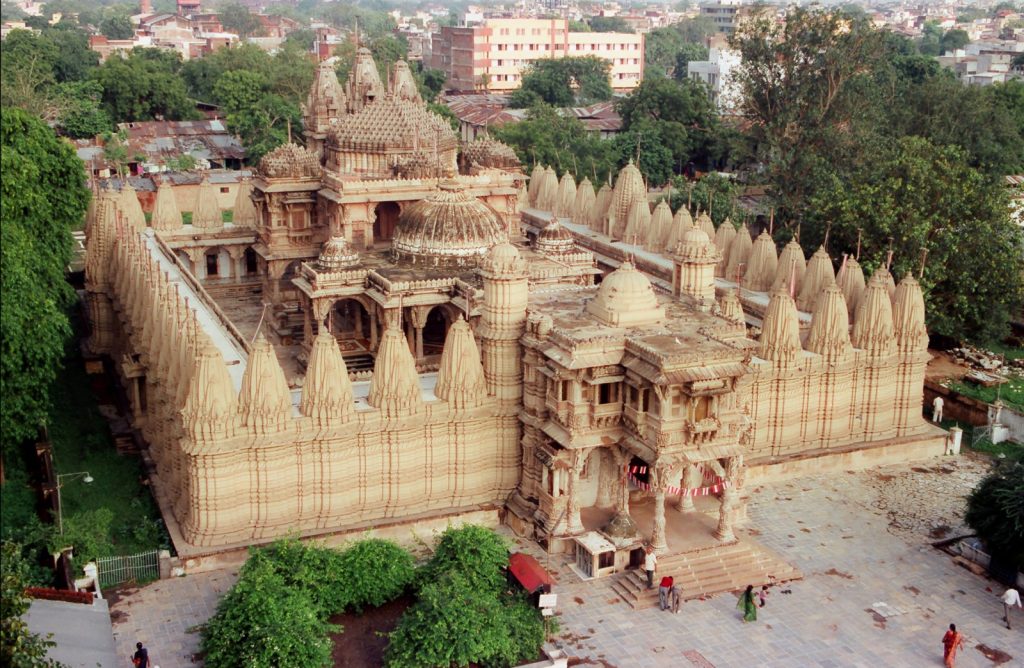The Art, Architecture, and Design of the great cities of India and abroad come from a great city, Ahmedabad, said Umang Hutheesing, Hutheesing’s design company, and studio and founder of Hutheesing Heritage Foundation, in a conversation with Nidheesh Tyagi from Abir.
Hutheesing’s design company and studio are located in a historical location, Haveli Jaising Bhai NI Wadi, Ahmedabad, Gujarat, and Hutheesing Heritage Foundation, which has restored the Hutheesing Haveli and preserves the Hutheesing art collection. Hutheesing Visual Art Center, Umang Hutheesing has been a managing trustee collaborated with several international foundations, including the National Museum of Bahrain, Museo Internacional del Barroco, Mexico Miho Museum of Japan, and the Chhatrapati Shivaji Maharaj Vastu Sangrahalaya in Mumbai, where he has exhibited art pieces showcasing the cultural heritage design by him from the Hutheesing Collection.

‘We originally came from Osian; we have ancestors from the rulers of Osian who were great patrons of Art, said Umang Hutheesing, beginning a conversation in Abirpothi’s Samvaad, a platform for thought-provoking discussions, providing readers with an exclusive glimpse into the creative processes, inspirations, and experiences of creative individuals.
‘My ancestors embraced Jainism and abandoned the throne, and came to Gujarat from Osian, Rajasthan. They lived in Khambat as they moved to Ahmedabad, but throughout history, they were great patrons of Art, architecture, and designs. There were many connections between the Mughal dynasties. Akbar, Jahangir, Shahjahan. The family contributed to and influenced these Mughal emperors. Still, before a blossom, Greece before Rome, the Mascus before Cairo, Agra follows Ahmedabad, and this is about design. So, it was Shahjahan it was here that he, as a young prince Khurram, came and stayed here. The first building built by Shah Jahan was the Moti Bagh palace; his garden was Shahi Bagh, and that’s where I live today. So, the historical connection is from the fact that we all talk about the Taj, but the Shahjahan, as a young prince, lived in Ahmedabad with his family and Jahangir and Akbar. Akbar’s Poshak Khana is in Ahmedabad. Ain-i-Akbari and Shahjahan’s Padshahnana record this as made in Ahmedabad, said Umang Hutheesing.

‘Transformation is one of the critical elements that design holds. In 1835, talking of design, 1835 was a great famine in western India. There was no Gujarat, and the British did not allow people to leave their fields because their peanut and cotton crops would be destroyed and six lakh people migrated to Ahmedabad as refugees. Seth Hutheesing started looking after them and building temples, employing labourers, craftspeople, and everything to give them employment. These were six lakh people, and I am not talking about a few hundred or thousands. He looked after their education welfare and gave them jobs. This started Hutheesing temples, but as people became more urbanized and lived here, and to preserve the crafts and traditions of these people, he began Hutheesing design company and Hutheesing design studios. These craftspeople and designers went on to build The Gateway of India in Bombay, the Prince of Wales Museum, and the Victoria Terminus. Ahmedabad also did this, the coordination from the Taj Mahal to the Gateway of India. In 1881, with these craftsmen with access to Art and jewellery, America was on the frontline with wealth and power. Louis Tiffany came to India for his honeymoon, and we established the oldest design firm in Asia. Just in 1881, as a design firm. They went on to execute the east wing of the White House and Queen Victoria’s home in England; Umang Hutheesing explains the historical records of Hutheesing’s design company and the impact of the Ahmedabad city.
When Maharajas of India were doing Indo-Saracenic or French-style palaces, we did the White House in Gujarati Ahmedabad style. Today, the Smithsonian Insitute, which is the essential design, is a Cooper Hewitt Museum in New York; the most famous room is the teak room, which we did from Ahmedabad. So, even New York holds that in a high place. We export a haveli, and now it’s a landmark historical building. So, Lagecay is not Ahmedabad. It goes from Red Fort in Agra to the White House, Buckingham Palace, and the Smithsonian, said Umang Hutheesing in the conversation.
Feature Image: Hutheesing Temple is a Jain temple in Ahmedabad, Gujarat, India. It was constructed in 1848 by the Hutheesing family. The temple blends the old Maru-Gurjara temple architecture style with new architectural elements of haveli. | Wiki






